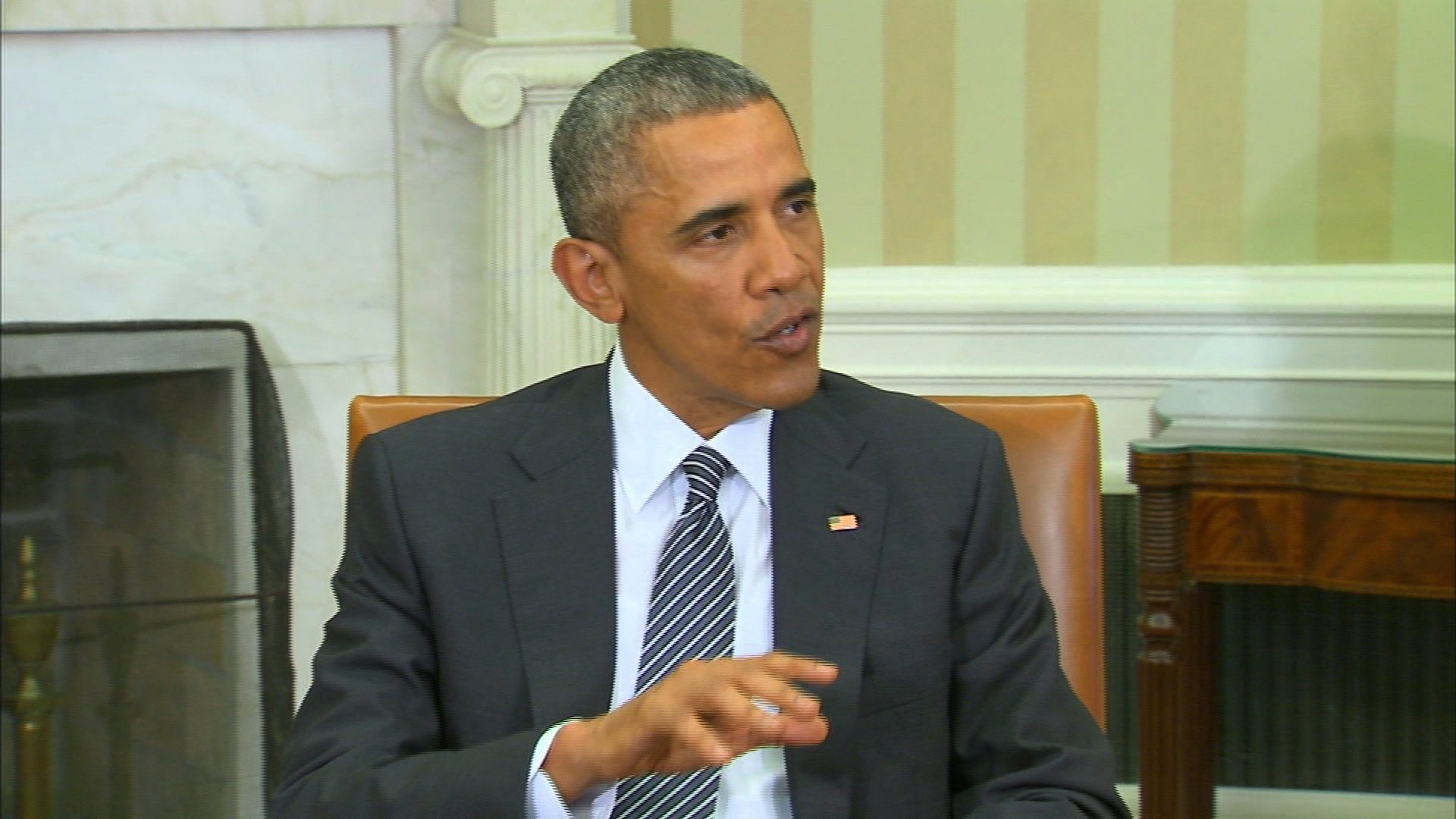On Monday the Obama administration will make its first public pitch for an elaborate long-range plan to reduce greenhouse gas emissions from the country’s coal-burning power plants. The Clean Power Plan is the final version of regulations outlined by the Environmental Protection Agency. The President called the initiative “the biggest most important step we’ve ever taken to combat climate change,” in a Facebook video announcing the program over the weekend.
Learn more about the plan that has long been a stated goal of the administration.
Scientists overwhelmingly agree: Global warming is man made
Public opinion polls show that there are some Americans who are unsure if people have caused global warming. Yale University studied each state’s attitude and understanding of climate change, showing that the majority of Americans concede that climate change is occurring.
According to multiple peer-reviewed scientific journals, scientists who study climate are overwhelmingly in agreement that the Earth is warming and humans are the cause.
Consensus among scientists has been building over the years as new research has been conducted and vetted. Consider that in 2009, 18 leaders in the field, including the American Institute of Biological Sciences, the American Metereological Society, and the Society for Industrial and Applied Mathematics, signed a letter to Congress which said, “Observations throughout the world make it clear that climate change is occurring, and rigorous scientific research demonstrates that the greenhouse gases emitted by human activities are the primary driver.”
An Intergovernmental Panel on Climate Change — acknowledged by many experts as the scientific authority on climate change — says in a major report that it’s unequivocal that the climate is warming and it’s 95% likely that human behavior caused that. The report, released in September 2013, was a culmination of over five years of research assessment by hundreds of scientists, and contained the work of over 1,000 peer-reviewed-published research reports.
It was the fifth IPCC assessment since the organization’s inception in 1988 under the auspices of the United Nations. Each new report has produced progressively more conclusive evidence that the planet is warming and that humans are the cause.
Evidence that suggests climate change is real
There are many weather occurrences that support that climate change is real, said CNN meteorologist Dave Hennen.
He points to NASA’s findings that the global average surface temperature in 2011 was the ninth warmest since 1880. And, 9 of the 10 warmest years in the modern meteorological record have occurred since the year 2000.
Global sea level rose about 6.7 inches in the last century. The rate in the last decade, however, is nearly double that of the last century, NASA said. Most warming has happened since the 1970s, according to the agency, with the 20 warmest years happening since 1981.
NASA’s Goddard Institute for Space Studies in New York, which has been monitoring global warming, noted that there’s a large natural variability in climate so scientists don’t expect temperatures to rise consistently every year but an overall continuation of higher temperatures over decades.
But, NASA notes, according to published reports several peer reviewed journals, the current warming trend is significant for two reasons: It’s “very likely human-induced” and “proceeding at a rate that is unprecedented in the past 1,300 years.”
Humans are likely largely to blame, research suggests
When people extract and burn fossil fuels like coal or petroleum, carbon dioxide is released into the air.
Greenhouse gas emissions, emitted from a variety of industrial processes, trap heat close to the Earth’s surface.
As part of the White House’s plan to cut greenhouse gas emissions, federal suppliers such as Honeywell, General Electric and IBM, have committed to reducing the amount of greenhouse gas they produce.
The EPA says that some gases are more effective than others at increasing the planet’s warmth.
The vast majority of carbon dioxide has risen since the Industrial Revolution, according to NASA.
In the United States, greenhouse gas emissions that humans caused increased by 6% from 1990 to 2013, the EPA says, and carbon dioxide accounts for most of the nation’s emissions and most of the increase since 1990.
Electricity generation is the largest source of greenhouse gas emissions in the United States, followed by transportation. Over the past few years, emissions per person have decreased slightly, the EPA reports.
Worldwide, the future of greenhouse gases doesn’t look as progressive as what’s happening the U.S. The EPA says that net emissions of greenhouse gases from human activities increased by 35% from 1990 to 2010.
Emissions of carbon dioxide, which account for about three-fourths of total emissions, increased by 42% over this period, the agency says. Globally, greenhouse gases are being caused by the same sources: electricity generation and transportation.
What can be done to mitigate global warming
Just as global warming is likely human caused, the situation can be bettered by mankind’s actions, experts say.
The White House says those involved in its Clean Power Plan will reduce greenhouse gas emissions by 26 million metric tons by 2025, the same amount 5.5 million cars emit in one year. Obama’s executive order requires agencies to convert 20% of their energy supply to clean sources, reduce energy use altogether in buildings by 2.5% annually, and revamp vehicle fleets to meet new emission standards.
Obama is working toward securing global commitments on reducing greenhouse gas emissions ahead of December’s climate summit in Paris. He made a major breakthrough on that front last November in Beijing, stamping a deal with Chinese leaders to make major reductions in carbon emissions by 2030.
On a smaller scale, the EPA advises individuals to make sure they’re driving an emissions tested car, use electricity to light and heat their home and turn off electonics when not in use. Recycling and using less water helps. Businesses can streamline the electricity consumed in offices and incentivize employees to carpool or consume less energy in their transportation to and from work.



